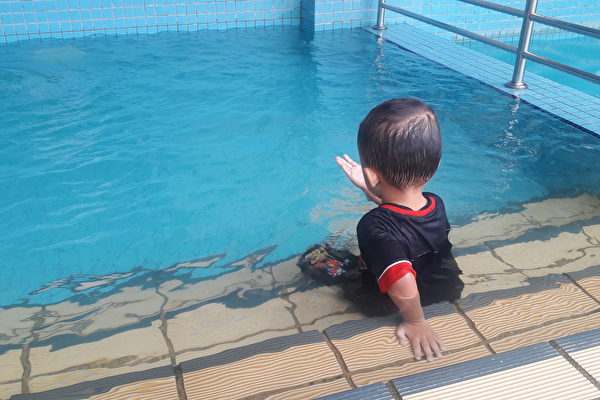A 2-year-old toddler named Kheitan tragically drowned in a swimming pool at his home in South Plainfield, New Jersey last Tuesday, May 28th. This marks the second incident of a child drowning within a week in the area.
The tragedy occurred last Tuesday evening, and when local police arrived at the child’s home after receiving the emergency call, they found the boy unresponsive. He was immediately rushed to the Jersey Shore University Medical Center in Neptune. Despite efforts by medical staff to save him, the situation remained critical, and on Friday, May 31st, the boy was pronounced dead.
This unfortunate event has garnered sympathy and attention from the local community. Friends of the family have initiated a GoFundMe campaign to support the family with the unexpected funeral and medical expenses.
Just three days prior, on May 25th, a 4-year-old child in North Brunswick also drowned in a residential swimming pool. The child was found unresponsive and was urgently transported to Robert Wood Johnson University Hospital, where he was pronounced dead.
According to research from Stanford University, accidental injuries are a leading cause of death for children aged 1 to 4, with accidental drowning being the most common. Last July, a 4-year-old boy drowned in his family’s pool in Woodcliff Lake. In August last year, a 1-year-old boy drowned in a residential pool in Spotswood.
These tragic incidents have brought the issue of water safety for children to the forefront. The American Red Cross emphasizes that drowning is a leading cause of accidental death for children aged 1-4. These statistics underscore the necessity of vigilance and preventive measures to safeguard children’s lives around water.
Here are the key safety recommendations provided by the Red Cross:
Close supervision:
Even with a lifeguard present, closely monitor children around water, regardless of their swimming abilities or water depth.
Avoid distractions:
Supervising adults should avoid distractions, especially excessive phone use, to maintain full focus on monitoring children.
Unsupervised children:
Do not allow young children near water unsupervised, and do not rely on other children to ensure their safety. Educate children to always seek permission from adults before approaching water.
Designate a water watcher:
In group settings, designate a “water watcher” responsible for monitoring children around water.
Life jackets:
Ensure that children and inexperienced swimmers wear US Coast Guard-approved life jackets by the water, but do not solely rely on them; supervision remains crucial.
Be vigilant during non-swim times:
Many pool drowning incidents occur during non-swim times when people assume swimming activities have ended, and children are not expected to be near the water. Remain vigilant even after swim activities end.
These unfortunate events serve as a clear reminder that water poses risks to young children and stringent safety measures must be enforced. The Red Cross and other safety organizations continue to advocate for relevant education and practical safety protocols to prevent such tragedies from reoccurring.

